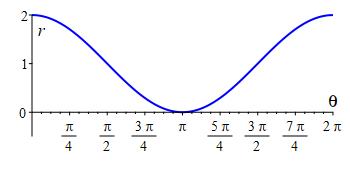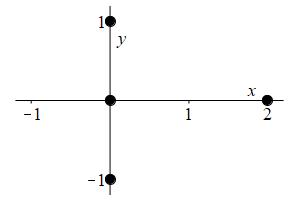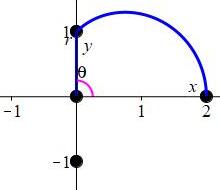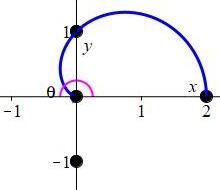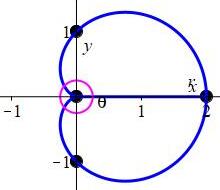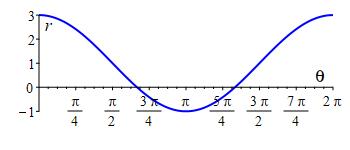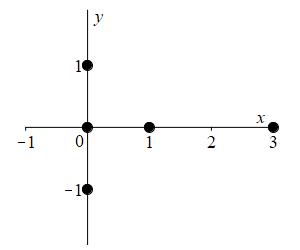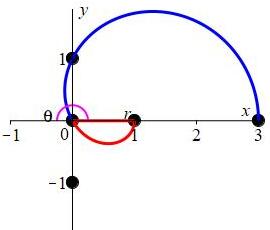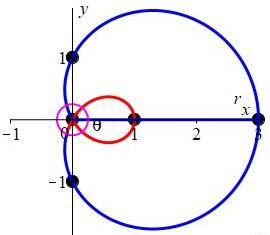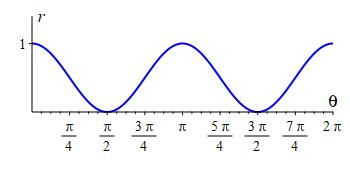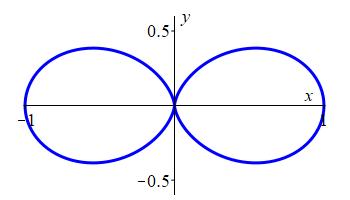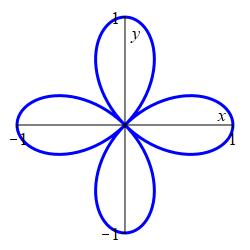1. Coordinate Systems
c. Polar Coordinates - 2D
4. 2D Polar Plots
Before you can graph polar curves, you need to understand the graphs of the basic trig functions and how to shift them. These are covered in the review chapter on Trigonometry.
You can also review graphs of the basic trig functions and how to shift them by using the following Maplets (requires Maple on the computer where this is executed):
Basic 6 Trigonometric Functions Rate It
Shifting Trigonometric Functions Rate It
Properties of Sine and Cosine Curves Rate It
The rectangular graph of an equation is the set of all points whose rectangular coordinates \((x,y)\) satisfy the equation. For example, the graphs of the circle \(x^2+y^2=4\) and the cusp \(x^2=y^3\) are
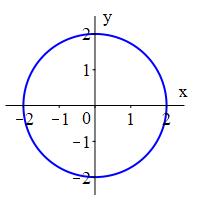
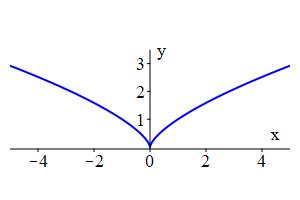
Similarly, the polar graph of a polar equation is the set of all points for which some pair of polar coordinates \((r,\theta)\) satisfy the equation. The simplest examples make one coordinate constant. For example, the graphs of the circle \(r=2\) and the ray (or line, if \(r\) can be negative) \(\theta=\dfrac{\pi}{6}\) are
In the graph of \(\theta=\dfrac{\pi}{6}\), if we require \(r \ge 0\), then the graph is only the blue ray. If we allow \(r \lt 0\), then the graph is the whole red and blue line.
We want to be able to graph more complicated polar equations. So let's do it by examples:
Plot the spiral \(r=\theta\).
Plot the curve \(r=|\theta|\).
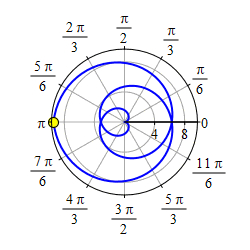
Start with the graph of \(r=\theta\) for \(\theta \ge 0\).
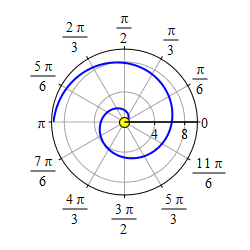
Then take its mirror image through \(\theta=0\) which is the positive \(x\)-axis.

Plot the cardioid \(r=1+\cos{\theta}\).
Plot the cardioid \(r=1+\sin{\theta}\).
Cardioid: \(r=1+\sin\theta\)
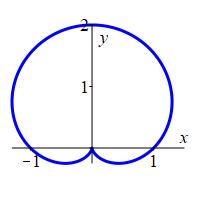
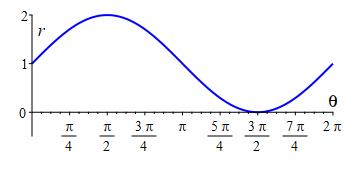
Frequently, when plotting polar functions we allow \(r\) to be negative by measuring backward. In particular, if the direction is \(\theta\), then
- when \(r\) is positive, we move in the direction \(\theta\), (and plot it in blue), but
- when \(r\) is negative, we move in the direction \(\theta+\pi\), (and plot it in red).
Plot the limaçon \(r=1+2\cos{\theta}\).
Plot the limaçon \(r=1+2\sin\theta\)
Limaçon \(r=1+2\sin\theta\)
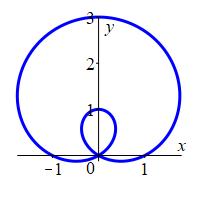
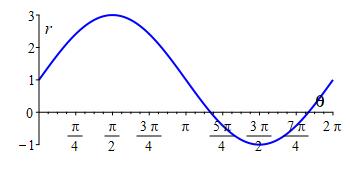
When there is a multiple of \(\theta\) inside the sine or cosine, the horizontal scale of the rectangular plot stretches or shrinks, changing the period.
Plot the infinity curve \(r=\cos^2\theta=\dfrac{1+\cos2\theta}{2}\).
Plot the figure eight curve \(r=\sin^2\theta\).
Figure Eight: \(r=\sin^2\theta\)
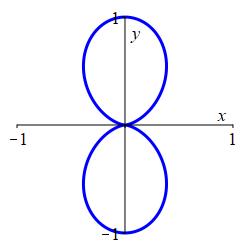
Here is a rectanguar plot, followed by the animated polar plot.
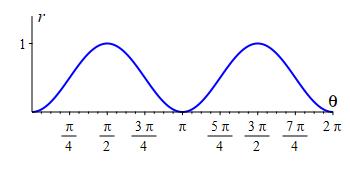
Now let's combine a change of period with negative values of \(r\).
Plot the \(4\)-leaf rose \(r=\cos{2 \theta}\).
Plot the 3-leaf rose \(r=\cos{3 \theta}\)
3-Leaf Rose: \(r=\cos(3\theta)\)
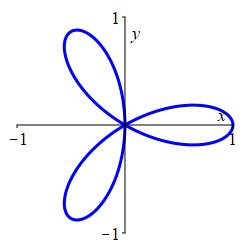
Here is a table of values and the rectangular plot:
| \(\theta =\) | \(0\) | \(\dfrac{\pi }{6}\) | \(\dfrac{\pi }{3}\) | \(\dfrac{\pi }{2}\) | \(\dfrac{2\pi }{3}\) | \(\dfrac{5\pi }{6}\) | \(\pi \) |
| \(r=\) | \(1\) | \(0\) | \(-1\) | \(0\) | \(1\) | \(0\) | \(-1\) |
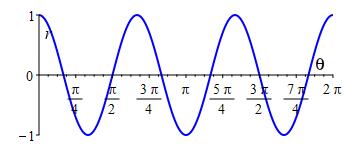
There are \(3\) positive bumps and \(3\) negative bumps in the interval \([0,2\pi]\). Here is the polar plot:
In the animation, the radial line is blue when \(r\) is positive and red when \(r\) is negative. Notice that each leaf of the rose is traced out twice, once when \(r\) is positive and once when \(r\) is negative.
How many leaves are there on the rose \(r=\cos(n \theta)\) if \(n\) is even? Why?
The rose \(r=\cos(n\theta)\) with even \(n\) has \(2n\) leaves, \(n\) with a positive radius and \(n\) with a negative radius.
For example, the rose \(r=\cos(4\theta)\) has \(8\) leaves:
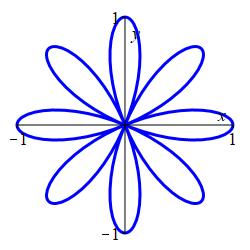
The function \(\cos(n \theta)\) is \(1\) when the argument is a multiple of \(2\pi\), i.e. \(n \theta=2k\pi\). On the interval \(0 \le \theta \le 2\pi\), this is at \(\theta=\dfrac{2k\pi}{n}\) for \(k=1,2,\cdots,n\). These are the angles at the tip of each "positive" leaf. Notice that these are the even multiples of \(\dfrac{\pi}{n}\).
Similarly, on the interval \(0 \le \theta \le 2\pi\), we have \(\cos(n \theta)=-1\) when \(\theta=\dfrac{(2k+1)\pi}{n}\) for \(k=1,2,\cdots,n\). These are the angles at the tip of each "negative" leaf. However, since the radius is negative, the leaf actually occurs at: \[ \theta=\dfrac{(2k+1)\pi}{n}+\pi =\dfrac{(2k+1+n)\pi}{n} \] Since \(n\) is even, these are the odd multiples of \(\dfrac{\pi}{n}\).
All together, there are \(2n\) leaves \(n\) positive and \(n\) negative. For further evidence, the polar plot of \(r=\cos 4\theta \) has \(8\) leaves:
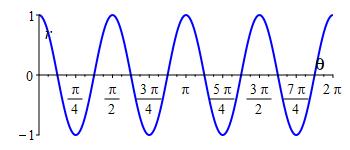
How many leaves are there on the rose \(r=\cos(n \theta)\) if \(n\) is odd? Why is this not the same answer as in the even case?
The rose \(r=\cos(n\theta)\) with odd \(n\) has \(n\) leaves. The \(n\) negative leaves coincide with the \(n\) positive leaves.
For example, the rose \(r=\cos(5\theta)\) has \(5\) leaves:
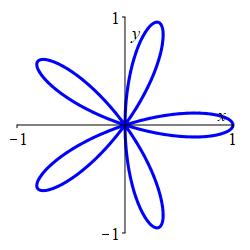
On the interval \(0 \le \theta \le 2\pi\), the function \(\cos(n \theta)\) is \(1\) when \(\theta=\dfrac{2k\pi}{n}\) for \(k=1,2,\cdots,n\). These are the angles at the tip of each "positive" leaf. Notice that these are the even multiples of \(\dfrac{\pi}{n}\).
Similarly, on the interval \(0 \le \theta \le 2\pi\), we have \(\cos(n \theta)=-1\) when \(\theta=\dfrac{(2k+1)\pi}{n}\) for \(k=1,2,\cdots,n\). These are the angles at the tip of each "negative" leaf. However, since the radius is negative, the leaf actually occurs at: \[ \theta=\dfrac{(2k+1)\pi}{n}+\pi =\dfrac{(2k+1+n)\pi}{n} \] Since \(n\) is odd, these are the even multiples of \(\dfrac{\pi}{n}\) which are at the same angles as the positive leaves.
All together, there are only \(n\) leaves. The \(n\) negative leaves coincide with the \(n\) positive leaves. For further evidence,the polar plot of \(r=\cos 5\theta \) has \(5\) leaves. The \(5\) negative leaves overwrite the \(5\) positive leaves.

You can review the graphs and equations of polar curves and practice identifying polar curves from their graphs by using the following Maplets (requires Maple on the computer where this is executed):
Heading
Placeholder text: Lorem ipsum Lorem ipsum Lorem ipsum Lorem ipsum Lorem ipsum Lorem ipsum Lorem ipsum Lorem ipsum Lorem ipsum Lorem ipsum Lorem ipsum Lorem ipsum Lorem ipsum Lorem ipsum Lorem ipsum Lorem ipsum Lorem ipsum Lorem ipsum Lorem ipsum Lorem ipsum Lorem ipsum Lorem ipsum Lorem ipsum Lorem ipsum Lorem ipsum
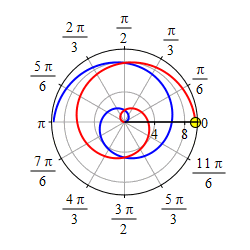
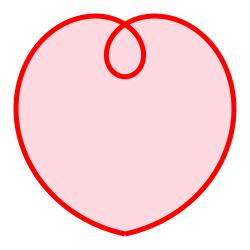
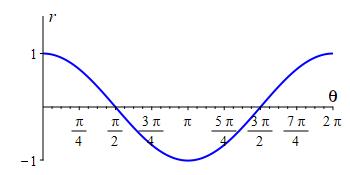 />
/>
